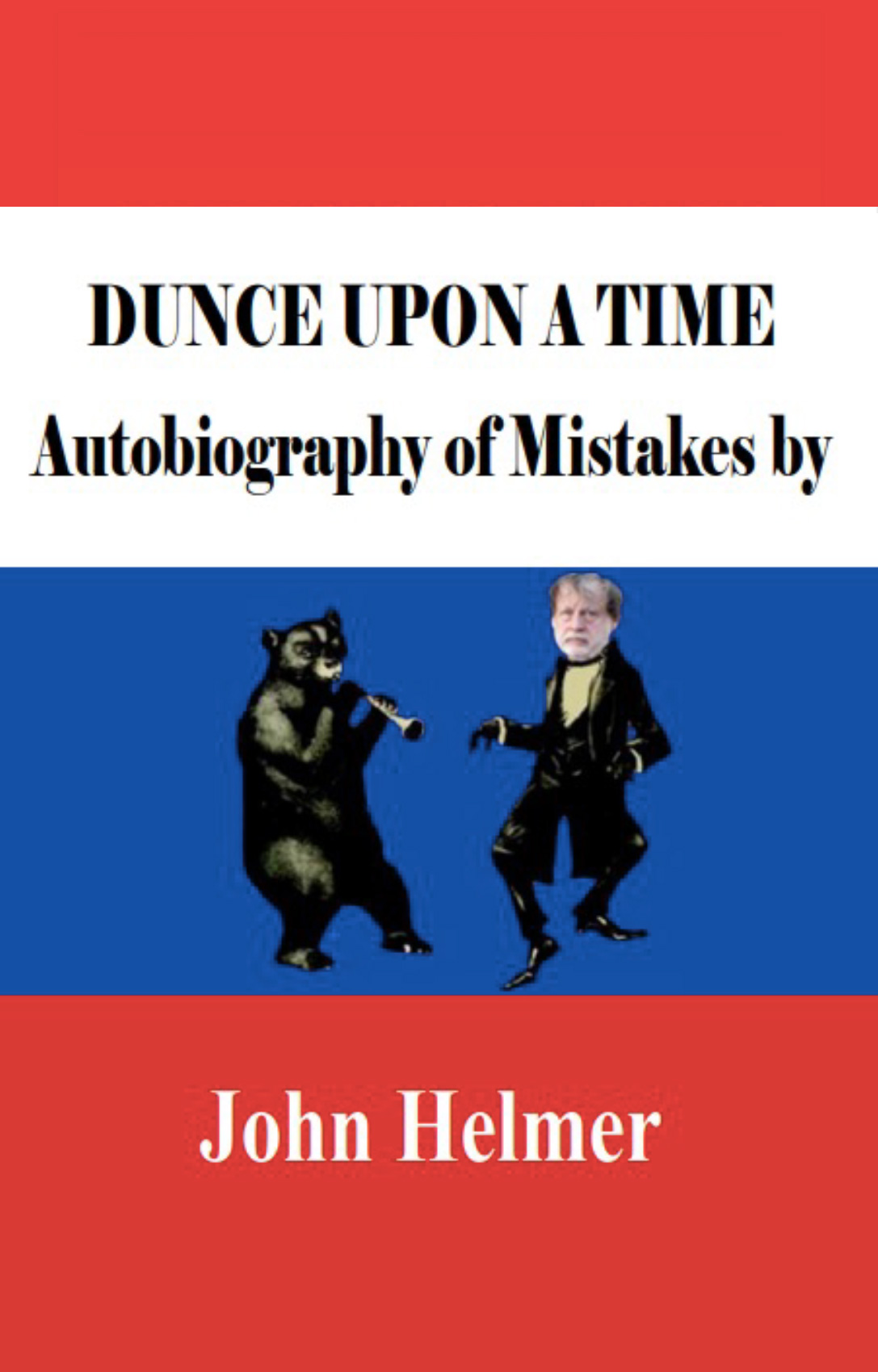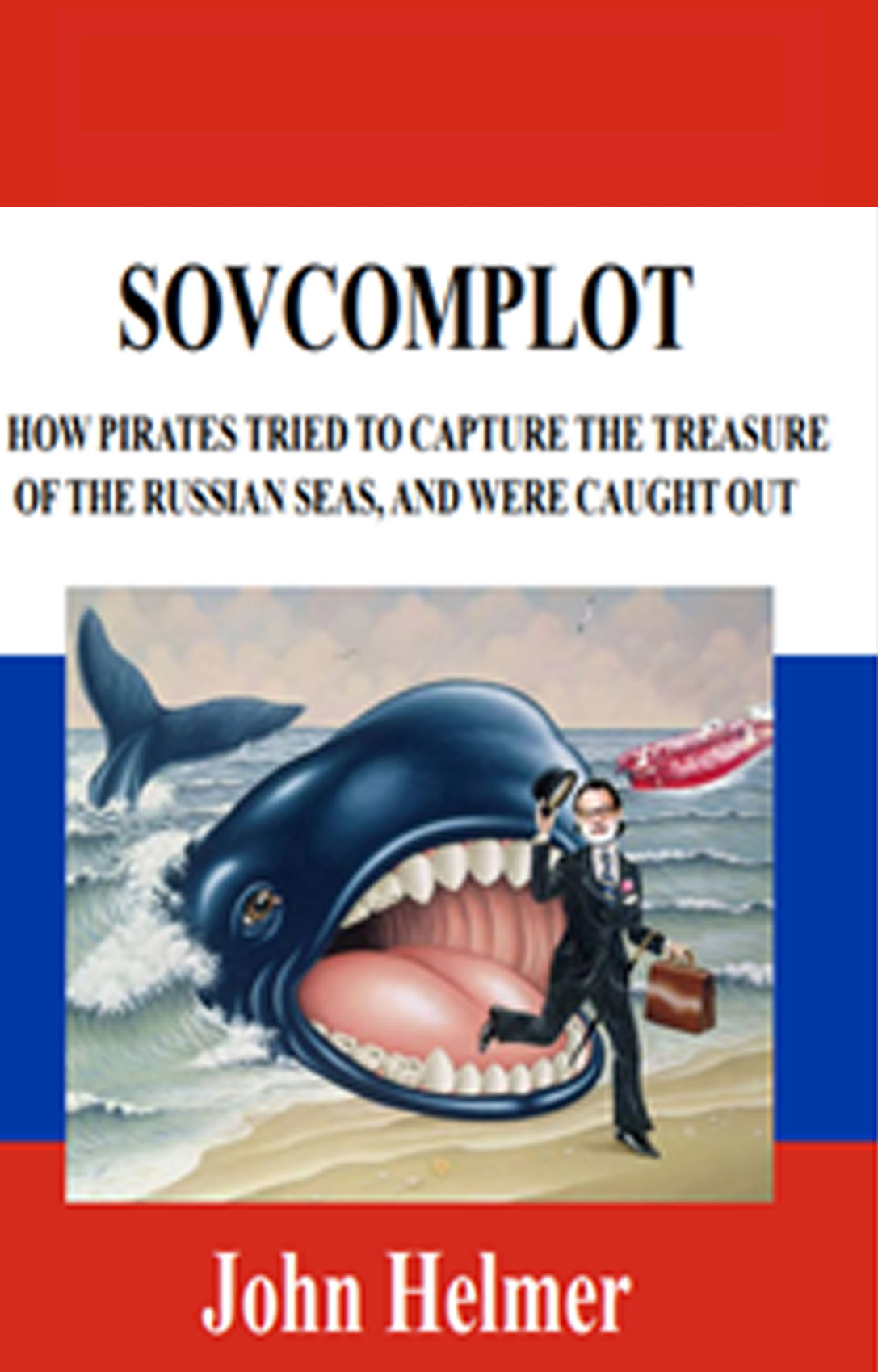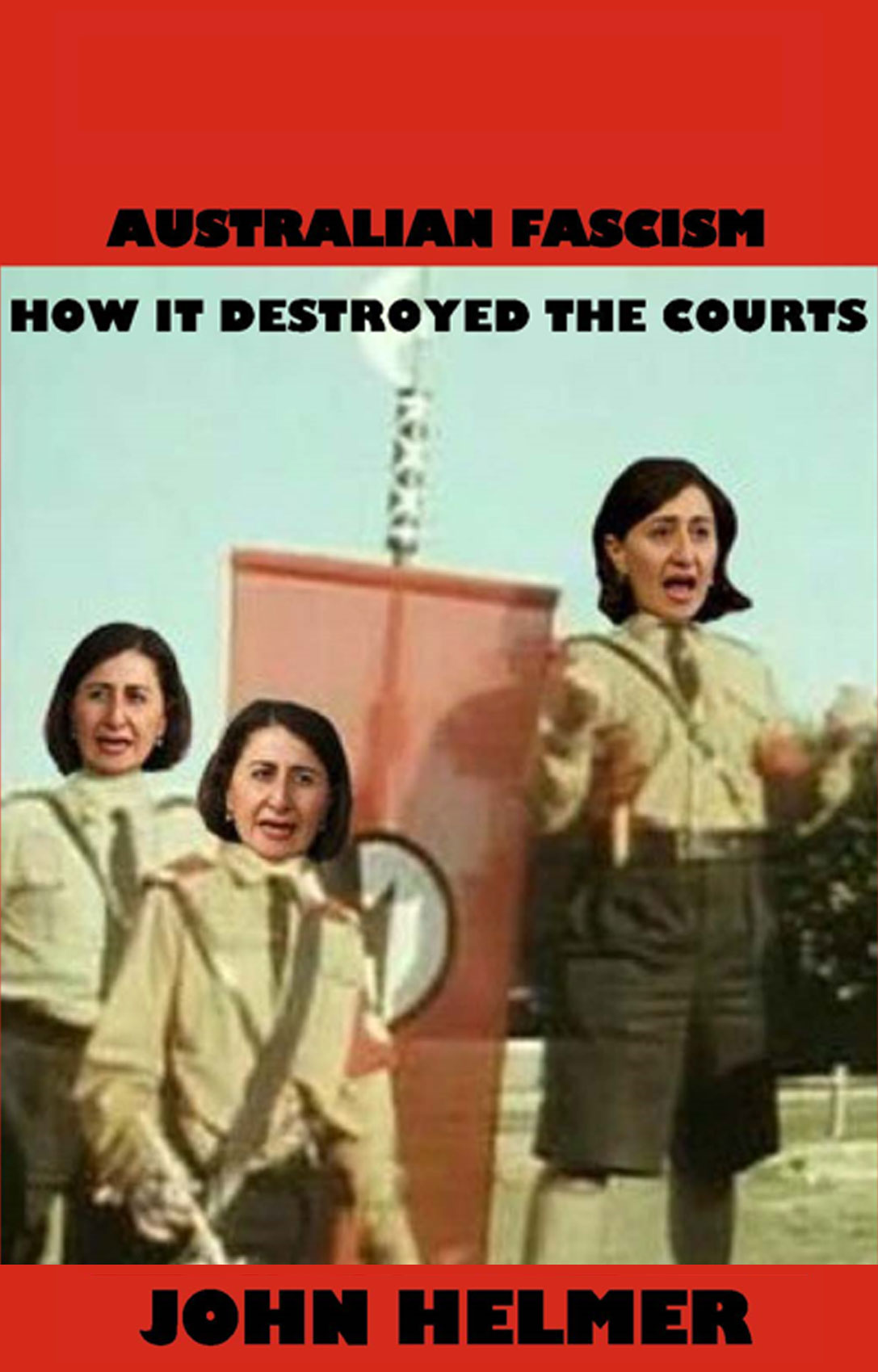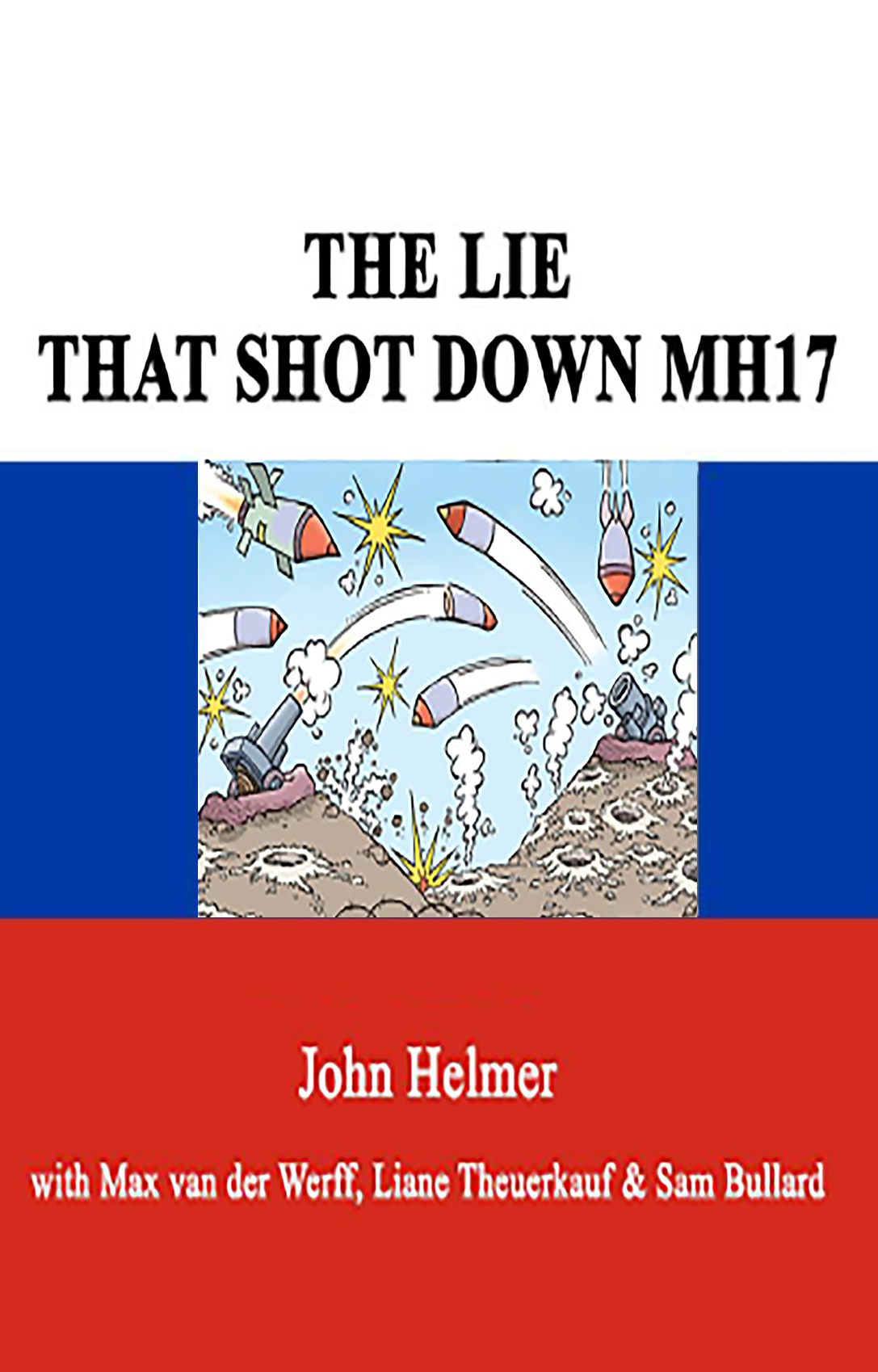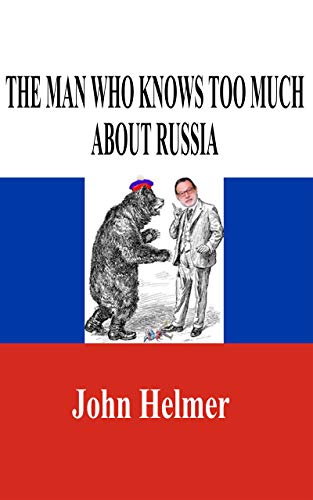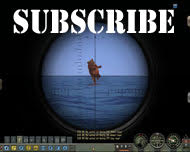
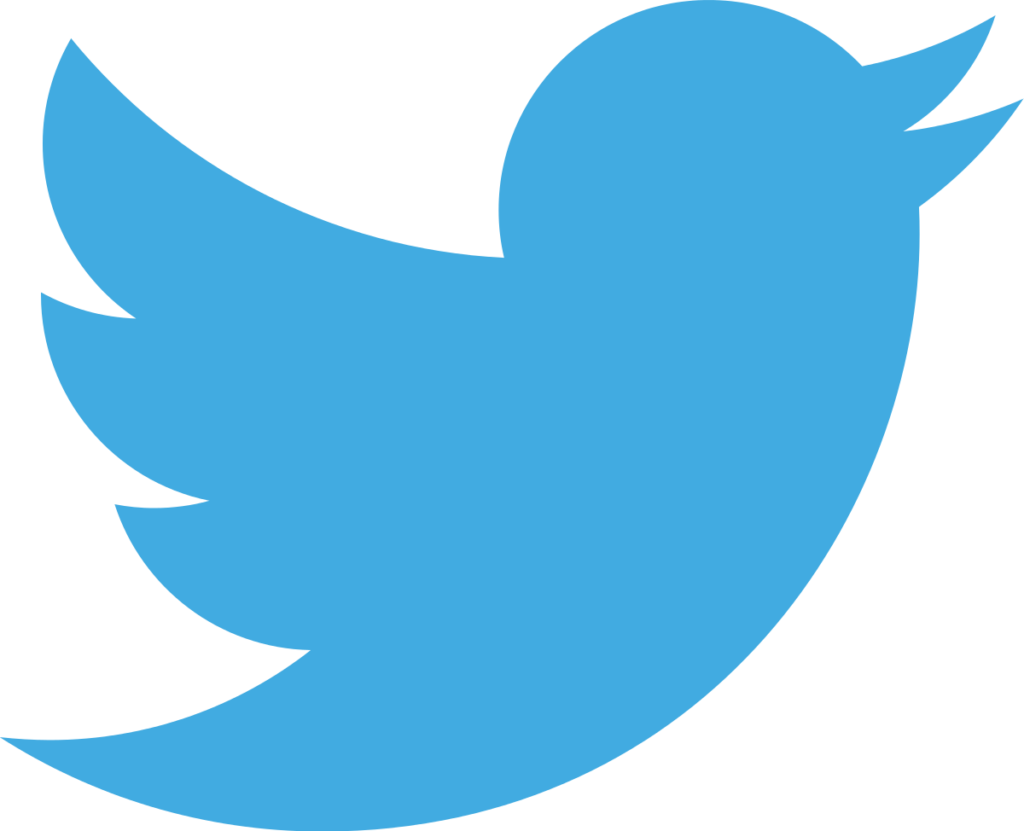
By John Helmer, Moscow
@bears_with
President Donald Trump has said he believes he can use nuclear weapons to destroy his enemy’s forces for defending itself, including the enemy’s capacity for deterrence by nuclear counter-attack. This is Trump’s new doctrine of “total obliteration”. It is US shock and awe tipped over the nuclear threshold; it is American first-strike nuclear attack.
“It was so bad that they ended the war,” Trump told the press at the NATO summit in The Hague last Thursday (June 26). Speaking of the US bombing attack on Iran’s nuclear enrichment and weaponization plants on June 22, Trump said: “It ended the war. Somebody said in a certain way that it was so devastating, actually, if you look at Hiroshima, if you look at Nagasaki, you know, that ended a war, too. This ended a war in a different way, but it was so devastating.”
The enemy Iranians, claimed Trump, were taken by surprise and had no defence. “They didn’t get to see it. It was dark. That’s the amazing thing about the shots. They hit the shots perfectly and yet it was dead dark. There was no moon. There was no light. It was virtually a moonless. It was very dark and they hit — the shots were hit perfectly.”
“It was called obliteration,” Trump said. “It’s been obliterated. Totally obliterated.” He kept repeating the word obliteration eleven times in forty-seven minutes. “No other military on earth could have done it. And now this incredible exercise of American strength has paved the way for peace with a historic ceasefire agreement late Monday.”
President Vladimir Putin has not responded to Trump’s claims. Instead, he told reporters on June 27 that he “hold[s] the incumbent President of the United States in the highest regard. His path to returning to power and to the White House has been exceptionally arduous, complex, and hazardous – a fact of which we are all cognisant, particularly given the assassination attempts he has survived, indeed multiple attempts on his life. He is a courageous man, that much is evident.”
Putin was showing no more respect and courtesy towards Trump than he had shown President Joseph Biden, despite the onset of Biden’s dementia which was too obvious to ignore in private, if not in public. After meeting with Biden in Geneva in 2021, Putin had said: “I want to say that the image of President Biden that our press and even the American press paints has nothing in common with reality. He was on a long trip, had flown across the ocean, and had to contend with jet lag and the time difference. When I fly it takes its toll. But he looked cheerful, we spoke face-to-face for two or maybe more hours. He’s completely across his brief. He himself does not miss anything, I assure you. It was completely obvious to me.”
These are not personal compliments; Putin is not ingratiating the US presidents. He is expressing the fundamental assumption in Russian warfighting strategy that whatever their personal eccentricities, medical handicaps, or psychiatric symptoms, the US president will always act rationally in the escalation towards nuclear war; and that he will be advised, persuaded and deterred against a first-strike nuclear attack against Russia.
This rationality assumption is being tested now by the Kremlin, Security Council, General Staff and the intelligence agencies as they review Trump’s record of bombing Yemen in March, Operation Rough Rider; his involvement in the attack with Ukrainian proxies on Russia’s nuclear bombers on June 1, Operation Spiderweb; and finally the US-Israeli war against Iran beginning on June 13 and ending with Operation Midnight Hammer on June 24, the US Air Force attack on Iran as reported publicly by General Daniel Caine, the spetsnaz officer whom Trump has appointed Chairman of the Joint Chiefs of Staff.
The clearest recent statement of the rationality standard applying in an escalating war between nuclear-armed militaries, was spelled out on May 31 by Indian Army General Anil Chauhan, Chief of the Defence Staff. He was explaining India’s conduct of the war with Pakistan which began with Pakistan’s attack in Kashmir on April 22, and concluded with the destruction of Pakistan’s air defences, including its nuclear weapons base, and the ceasefire which took effect on May 10-11.
“There is a lot of space before the nuclear threshold is crossed,” Chauhan said. “There is a lot of signalling before that…The most rational people are people in uniform when conflict takes place. That’s because they understand that conflict can swing either way. In every step which happened…I found both sides displaying a lot of rationality in their thoughts as well as their actions. Why should we assume that in the nuclear domain there will be irrationality on someone else’s part?”
This is the question being discussed behind closed doors in Moscow now — whether the assumption of Trump’s rationality continues to be justified, and if his conduct is creating fresh doubt, what to do about it.
It had been three days after Trump had bombed Iran and after he had proclaimed his obliteration doctrine that Putin said: “we highly value both his domestic policies and his endeavours regarding the Middle East situation, as well as his efforts toward resolving the Ukrainian crisis. I have previously articulated this position and wish to reaffirm it publicly: I am convinced that President Trump is genuinely committed to resolving the issue on the Ukrainian track. Recently, I believe he observed that the matter has proven more intricate than external appearances suggested. That is indeed the case. Such complexity is unsurprising – there exists a substantial difference between distant observation and direct engagement with the issue. The same is true of the Middle East crisis. Although he may have greater experience there, having been more deeply involved in Middle Eastern affairs, complexities persist there as well. Real life is always more complex than any notion of it.”
Putin was restating the strategic assumption that Trump is rational. The evidence of the joint US-Israeli war against Iran, including Operation Midnight Hammer, and the failure, as the Russians understand it, of Trump’s war aims – regime change in Tehran, partition of the country, elimination of the Iranian military’s nuclear-armed missile capabilities against Israel – is far from conclusive.
“Iran is now central in the Russian discourse,” comments a Moscow source in a position to know. “Putin will not deviate from the pure diplomacy. There’s a two-track approach. It is part of Russia’s warfighting strategy. We now know that Trump is refusing to come to any of the terms we have tabled in Istanbul for a peace settlement. He keeps threatening to escalate. His record is showing the US won’t withdraw from the Middle East war and he is refusing to stop running the Ukraine war. So we draw the obvious conclusions. What’s the point of Putin announcing those if Trump shows he isn’t listening, won’t agree, maybe can’t understand?”
(more…)











